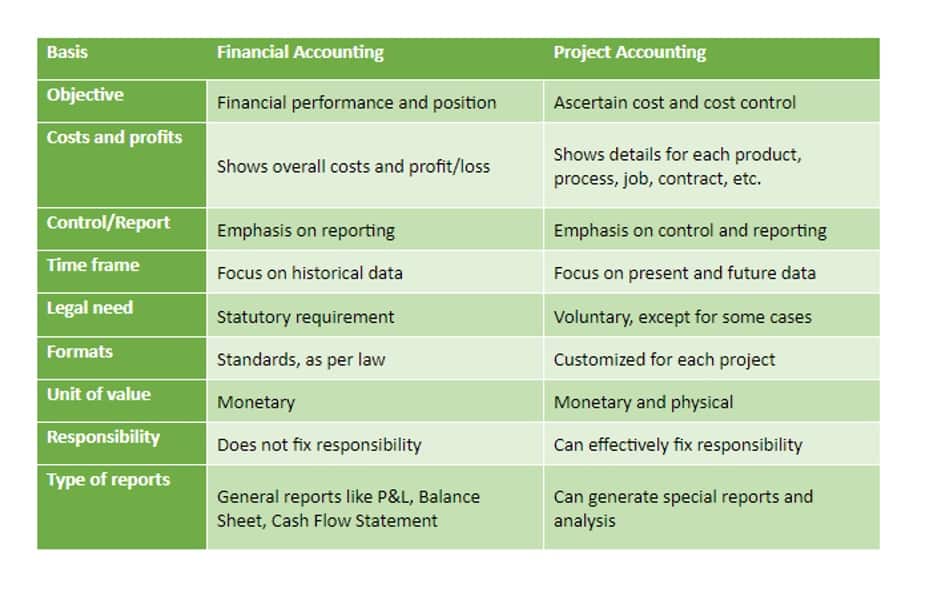Building a Minimum Viable Product of that business idea you’ve had is the recommendations made by most entrepreneurs. Before a new business starts making profits, it needs to be kept afloat with money. Bills will pile up, suppliers will need payments, and your employees will be expecting their salaries.
- Earthquakes, tornadoes, hurricanes, wars, and recessions are all risks that companies and new entrepreneurs may face.
- A business is considered to have operational risk when its day-to-day activities threaten to decrease profits.
- This reduces the timeframe in which unaddressed risk can impact the business, as well as lowering the cost of risk management.
- Glowing gauge showing high risk on black risk management concept 3D illustration.
- For example, in 2012, the multinational bank HSBC faced a high degree of operational risk and as a result, incurred a large fine from the U.S.
- That’s a shame, says Kozyrkov, Google’s chief decision scientist, because during turbulence, analytics is essential.
The report also highlights the challenges in global investment trends, with a noted slowdown in investment growth across both developed and developing economies. Geopolitical tensions further influence these trends, affecting investment flows regionally. The global labour market displays divergent trends between developed and developing countries post-pandemic.
Eminem Requests Protective Order Against Bravo ‘Housewives’ in Trademark Dispute, Refuses to Appear in Court
More specifically, it’s the potential for business losses of all kinds in the digital domain—financial, reputational, operational, productivity related, and regulatory related. While cyber risk originates from threats in the digital realm, it can also cause losses in the physical world, such as damage to operational equipment. When a company experiences a high degree of business risk, it may impair its ability to provide investors and stakeholders with adequate returns.
- Depending on your industry’s regulations, business or professional liability insurance may be a requirement.
- Since external risks cannot be foreseen with accuracy, it is difficult for a company to reduce these three risk factors.
- Liability or property and casualty insurance are often used to transfer the financial burden of location risks to a third-party or a business insurance company.
- He said, “One of the biggest risks for businesses in 2022 will be inventory. Having or not having inventory could be the difference between success and failure during early 2022.
- One tweet or negative post from a disgruntled customer can lead to huge losses in revenue.
It’s not static; it should adapt and evolve as risks and the business environment change. Companies must generate sufficient cash flow to make interest payments on loans and to meet other debt-related obligations on time. Financial risk refers to the flow of money in the business and the possibility of a sudden financial loss. A company may be at financial risk if it doesn’t have enough cash to properly manage its debt payments and becomes delinquent on its loans.
Understanding Risk – Business Risks vs. Financial Risks
In the US, women, who dominate clerical work, are at higher risk of job displacement by AI. The report forecasts a deceleration in global GDP growth, from an estimated 2.7% in 2023 to 2.4% in 2024, signaling a continuation of sluggish growth trends. Developing economies, in particular, are struggling to recover from pandemic-induced losses, with many facing high debt and investment shortfalls. Something that is important for entrepreneurs to remember when it comes to taking risks is that you never know what might come out of it.
How Companies Can Reduce Internal and External Business Risk
Utility companies, on the other hand, tend to be less affected by economic downturns. Internal risks are faced by a company from within its organization and arise during the normal operations of the company. These risks can be forecasted with some reliability, and therefore, a company has a good chance of reducing internal business risk. Before mapping the risks, analyze your business and note down its key components such as critical resources, important services or products, and top talent.
Strategic Risks
Therefore, effective risk management offers the potential to reduce both the possibility of a risk occurring and its potential impact. Risk management is too often treated as a compliance issue that can be solved by drawing up lots of rules and making sure that all employees follow them. Many such rules, of course, are sensible and do reduce some risks that could severely damage a company. The best way to manage business risk is to maintain an adequate level of capital.
However, there are many strategies that businesses employ to cut back the impact of all types of business risk, including strategic, compliance, operational, and reputational risk. This risk arises from within the corporation, especially when the day-to-day operations of a company fail to perform. For example, in 2012, the multinational bank HSBC faced a high degree of operational risk and as a result, here’s an example illustrating the percentage completion method incurred a large fine from the U.S. Department of Justice when its internal anti-money laundering operations team was unable to adequately stop money laundering in Mexico. Business risk is the exposure a company or organization has to factor(s) that will lower its profits or lead it to fail. Anything that threatens a company’s ability to achieve its financial goals is considered a business risk.
Cyber crime and the financial industry in the United States
If and when a risk becomes a reality, a well-prepared business can minimize the impact on earnings, lost time and productivity, and negative impact on customers. For startups and established businesses, the ability to identify risks is a key part of strategic business planning. Strategies to identify these risks rely on comprehensively analyzing a company’s specific business activities. Most organizations face preventable, strategic and external threats that can be managed through acceptance, transfer, reduction, or elimination. Business owners face a variety of business risks, including financial, cybersecurity, operational, and reputational. However, they can take proactive measures to prevent or mitigate risk while continuing to seize opportunities for growth.
Financial institutions such as banks or credit unions take on strategy risk when lending to consumers, while pharmaceutical companies are exposed to strategy risk through research and development for a new drug. Each of these strategy-related risks is inherent in an organization’s business objectives. When structured efficiently, the acceptance of strategy risks can create highly profitable operations.













